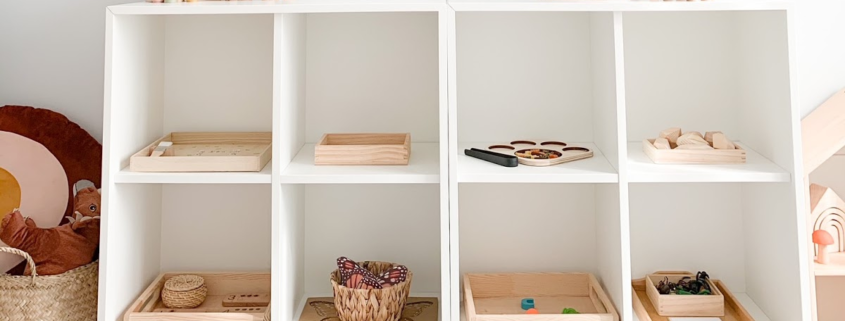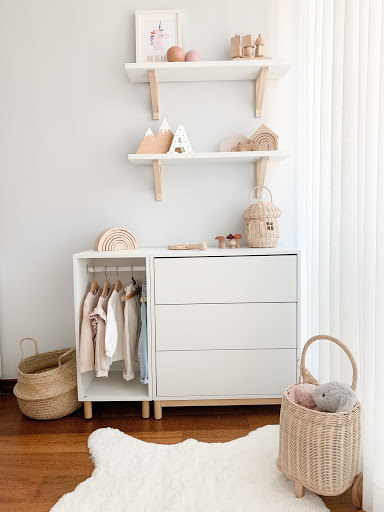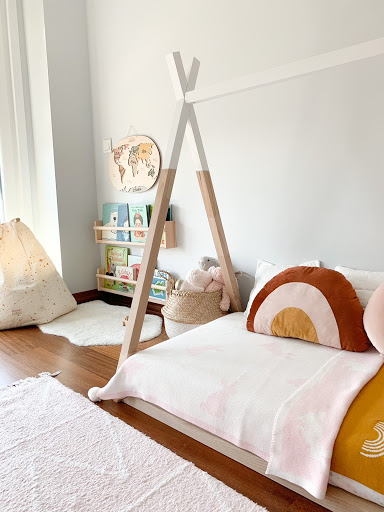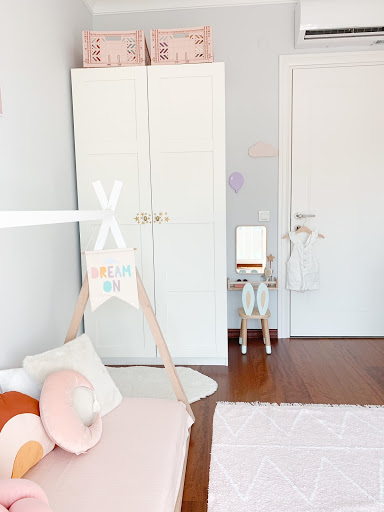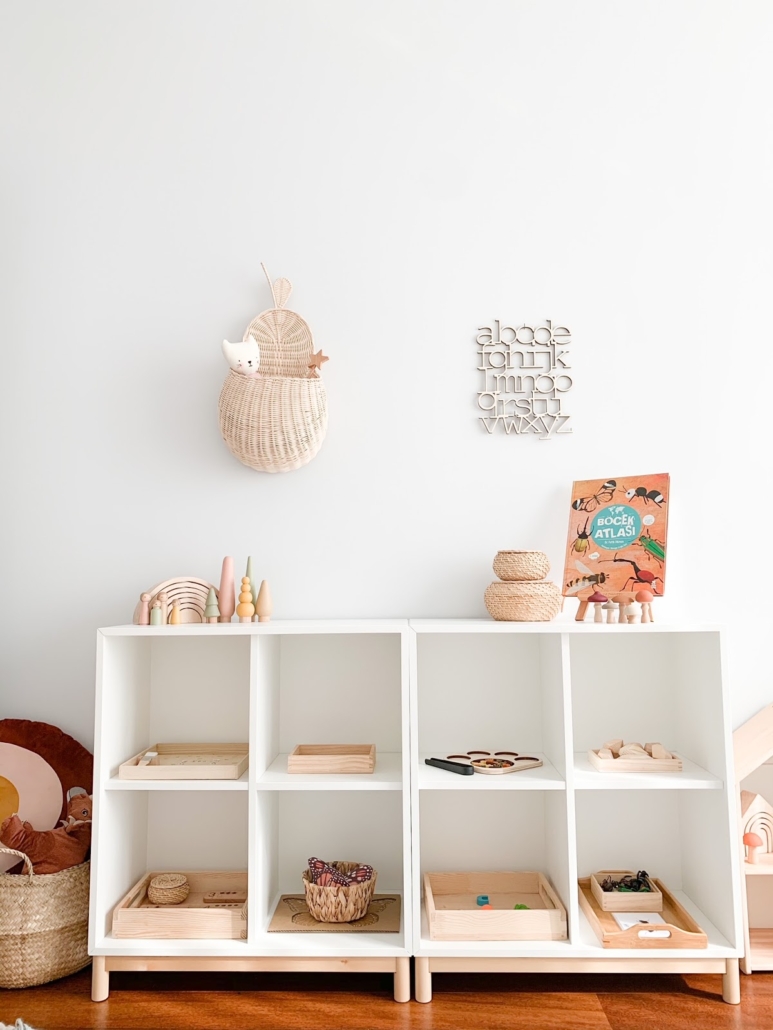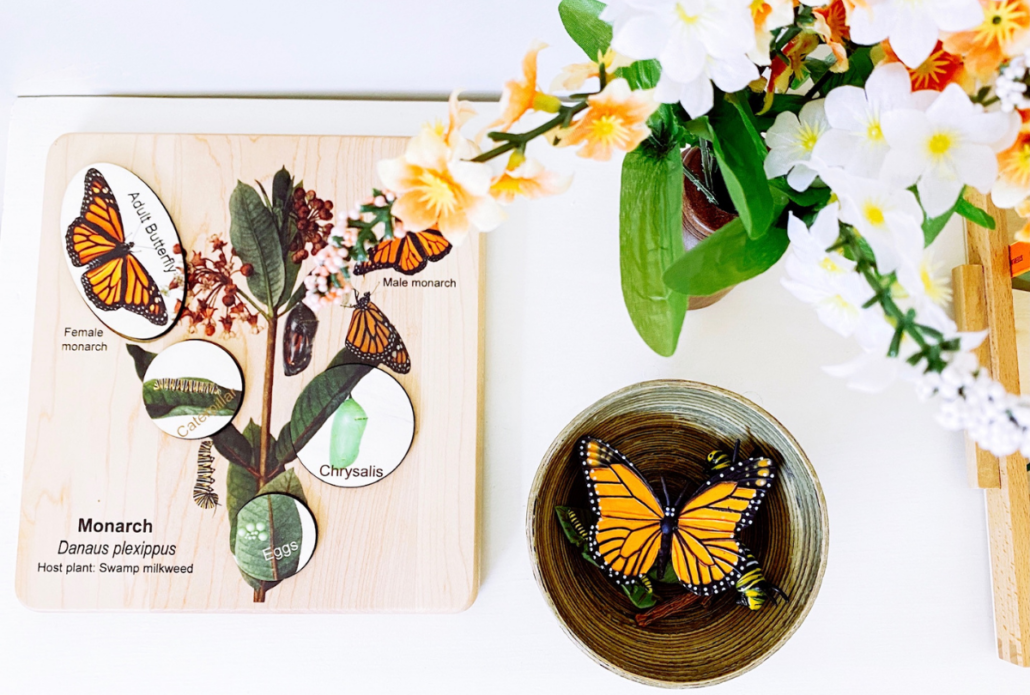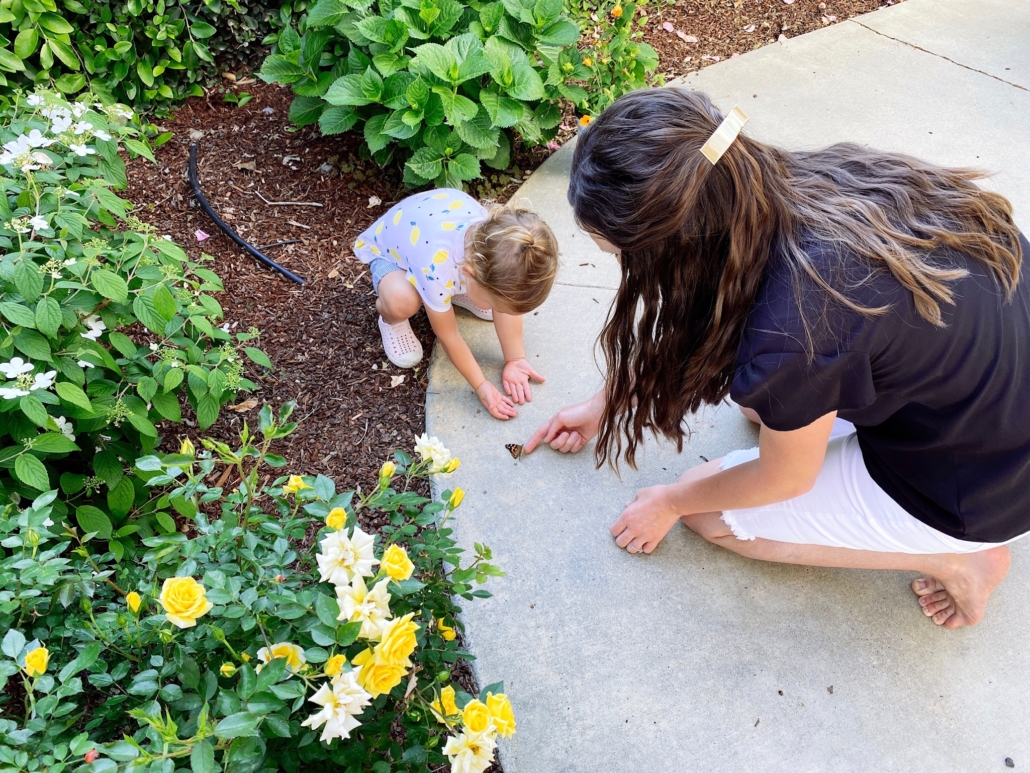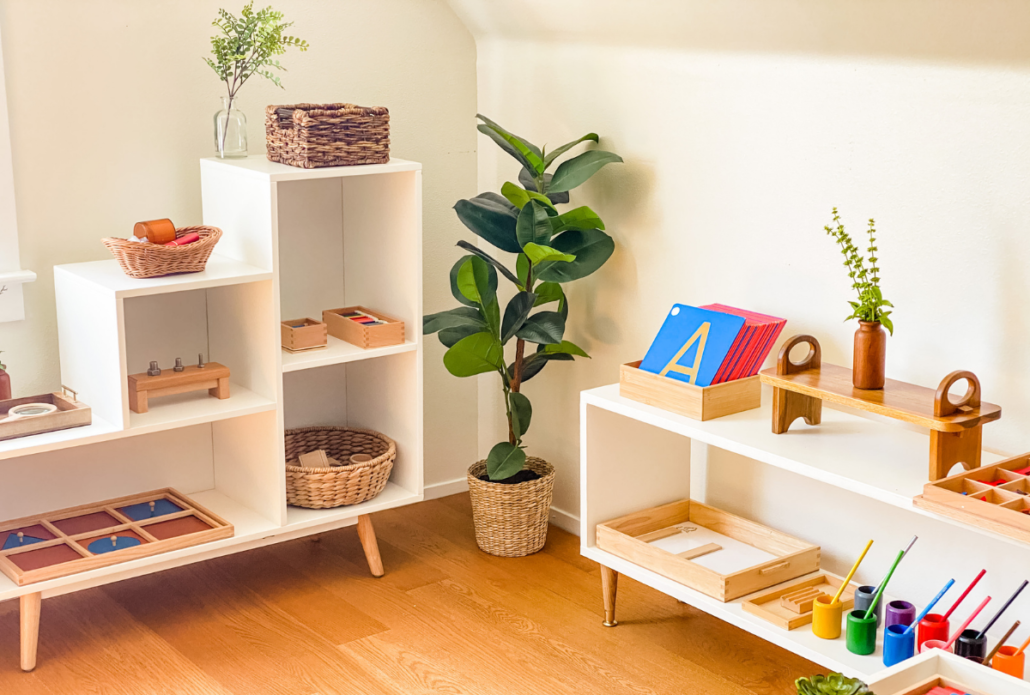Let’s Talk Grace and Courtesy With Something Sweet & Neat
***All the pictures and quoted brown text in this blog are from the account of Something Sweet and Neat. You can check them out on Instagram here or their blog here.
To say we were excited to interview Sandra from Something Sweet and Neat is an understatement. If you’ve seen her account on Instagram or her blog, you know just how beautiful, inspiring, and genuine her account is. ‘Something Sweet and Neat’ follows Sandra’s daughter “A” in their Montessori home. Sandra is a Certified Montessori Early Childhood teacher. Her account offers ideas for learning through play, self-directed lesson inspiration, and at-home learning approaches.
 We’ve followed this account for quite some time and were impressed with the Grace and Courtesy that seemed to flow from the screen. We knew we wanted to highlight them so we could share the light they bring into the world. Below you will find an interview we did highlighting how they incorporate Grace and Courtesy in their home.
We’ve followed this account for quite some time and were impressed with the Grace and Courtesy that seemed to flow from the screen. We knew we wanted to highlight them so we could share the light they bring into the world. Below you will find an interview we did highlighting how they incorporate Grace and Courtesy in their home.
To begin, Sandra offers a great sentiment to the importance of the Montessori environment. She says,
“One thing that makes a Montessori environment exceptionally unique is the way the children and adults speak to one another and the way they carefully move about. We practice Grace and Courtesy daily in our home, when we are in the social world, and especially in the classroom.”
Montessori is more than just pretty shelves and materials. The emphasis on Grace and Courtesy lessons proves this. When we practice Grace and Courtesy in all areas of our lives, you will see a positive shift in communication, outward action, peace, and harmonious living for individuals, families, and society.
1. Why do you think practicing Grace and Courtesy is important? How have you seen it make a difference in your home?
“Grace and courtesy methods are what makes a Montessori environment special and unique to the rest. I noticed at a very young age with Adelaide, she began interacting with others in a more mature manner. She learns how to interact with others in a respectful way, play nicely with her siblings and other children on the playgrounds, even when engaging with adults.”
Respect. I love that Sandra mentions A’s experience with learning to play with respect. In a world with so much noise and hatred, we are missing on a very fundamental level, the basic respect that each individual deserves. Children and adults alike must be treated with respect. Grace and Courtesy lessons build respect and we can clearly see through A’s example to us that it’s for children and adults of all ages.
Now, let’s dive into what lessons have inspired this beautiful behavior during interactions with others.
2. What are some of your favorite Grace and Courtesy lessons?
“There are a multitude of Grace and Courtesy lessons, from opening a door to mealtime etiquette to blowing your nose.
Our current favorite is introducing Adelaide to the phrase, “Excuse me.” We have lots of tea parties (essentially a snack party), we are learning through play. I usually prepare fruits, dry snacks, and cups of water.
First, I would model using “excuse me”, as in,
“Excuse me, would you pass me a slice of apple please?”.
Then, I would offer her a turn and tell her, “Now it’s your turn!”.



After all, children learn through play. Some other examples of Grace and Courtesy lessons we love are how to solve a disagreement, how to get someone’s attention without interrupting, and how to walk carefully around the classroom.”
So many lessons mentioned and we love them all! Sometimes it can feel intimidating to try and ‘get through’ all the important teaching points for our children, especially when it comes to Grace and Courtesy. There is a lot that goes into it. But I love the method here of learning through play.
Learning through play is important for our children. It’s learning by doing, which they will have far more growth with than being talked at for 8 hours at a desk like in most academic settings.
They also learn through our behavior and actions. Take a peek into Something Sweet and Neat’s home as they discuss this below.
3. How important is modeling when it comes to Grace and Courtesy?
 “I always model the behavior I hope that Adelaide will reciprocate.
“I always model the behavior I hope that Adelaide will reciprocate.
Grace and courtesy starts with intentional modeling. As parents, we are both very careful about how we behave and interact with one another. I am always thinking about showing her what I hope to see mirrored.
For example, I have a deep respect for her autonomy by always being very careful not to interrupt her work. When I do that, she learns the importance of doing the same. I am very aware of the power of my modeling, because they are always watching us and learning from our behaviors.”
Those are some powerful points. I am so drawn to this statement when she says, “They are always watching us and learning from our behaviors.” They really are. I will be the first to say that when I model a behavior that isn’t good in front of my child, they pick up on it. They see it. They do it.
I will also say that when I correct my mistakes and begin modeling the behavior I wish to see from my child, my son also picks up on it. We are shaping the future with our actions. Wouldn’t we love to see more Grace and Courtesy in the world and less quick to anger and cause commotion?
Next, we wanted to know what interests sweet A as they have implemented Grace and Courtesy in the home.
4. What things are your daughter drawn to? Or what did she incorporate easily as you began to share lessons with her?
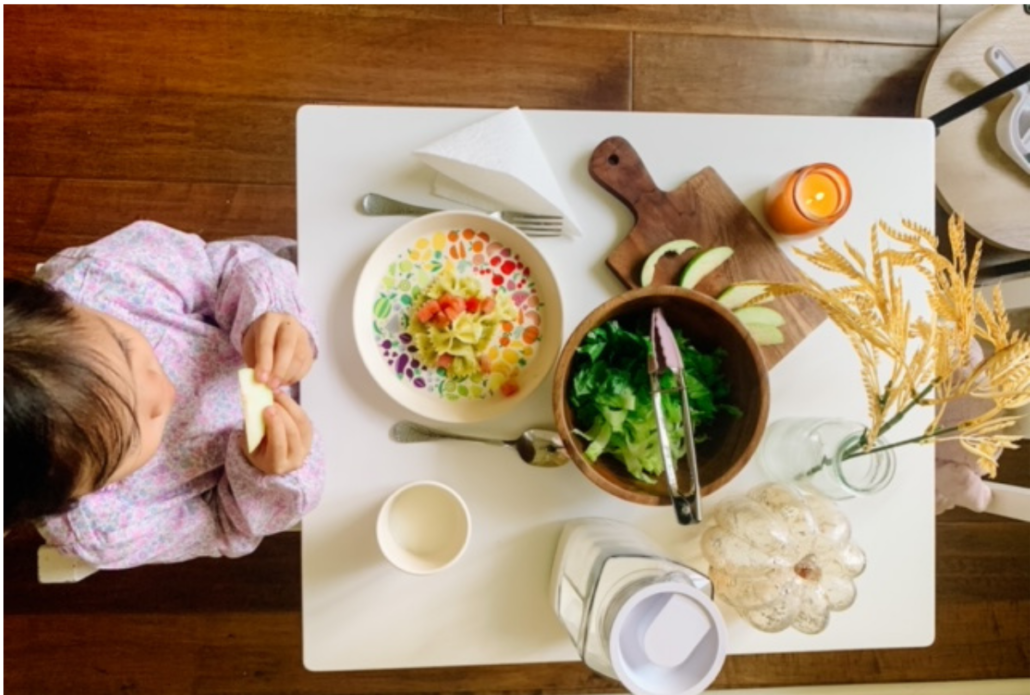
“Adelaide was always drawn to “Order” in her environment. The easiest lesson that was incorporated was how to handle the work rugs. In a world so big, order gives them a sense of control and comfort. When the environment is respected, there is a sense of order.”
Order is everything! I think I can speak for most people when I say that order is an innate need we all have within ourselves. When we create an environment or order, we facilitate a place with more happiness, calmness, and peace.
However order doesn’t mean absolute control of the environment and room for flexible learning or lessons. Our next question to Sandra was how Grace and Courtesy can be taught in an impromptu manner.
 5. Do you plan for these lessons or do they come up spontaneously? How does this work best for you and your daughter?
5. Do you plan for these lessons or do they come up spontaneously? How does this work best for you and your daughter?
“Many of the Grace and Courtesy lessons arise naturally in our environment. In a day, I typically notice certain behaviors that Adelaide seems to not have learned or mastered yet. These are what we call as guides “teachable opportunities”.
One of the Grace and Courtesy lessons we practice most often in a day is “Walking in the Home”. Beginning around age two, Adelaide was given lessons on walking around her work rug and on a line to practice. One of my goals as her guide at home is to try to help her understand the peace of walking feet brings to our environment. My other goal is to model my walking patterns for her to mirror and follow my lead.”
It’s beautiful when natural opportunities to teach something new arise. I experience moments like these in my own life where out of the blue I am taught something or see something that helps me learn and grow as a human.
And I love this idea of the power of walking. With an athletic and spunky boy, sometimes, peaceful walking seems to be anything but our reality. This is a lesson I think I will start implementing within my own home so we can see the beauty and grace behind this action.
This next question is a favorite of mine and Sandra’s answer is something I think we can all agree is an important part of everyday routines. Keep reading to see what she has to say.
6. Walk us through a typical day in your homeschooling routine…can you share with us how you might incorporate Grace and Courtesy?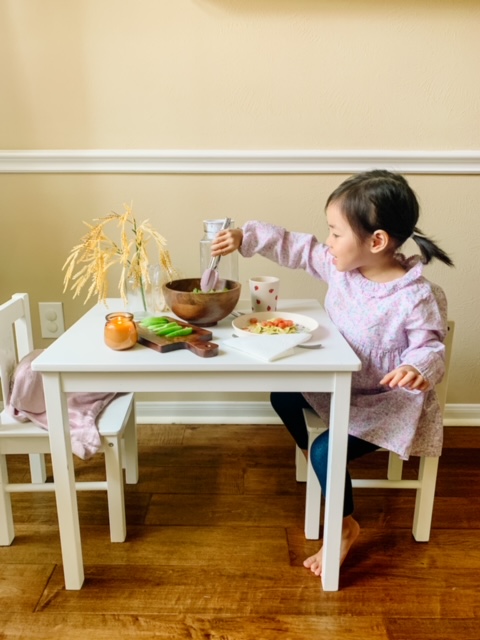
“Grace and Courtesy begins early morning when we prepare for the day. For example, our morning exchange typically looks like this:
I will crouch down to be at her level, look her in the eye, and say, “Good morning, Adelaide” with a pleasant smile.
“Good morning, mommy.
“Greeting someone” is exceptionally important to us and we incorporate as many chances of greeting her older siblings and Daddy in her morning routine.
Once she starts greeting everyone daily, it becomes second nature as she learns to be a thoughtful young lady when she’s out in the social world.”
This is so important!!! In an age of technology sometimes greeting people or even acknowledging them can become awkward or difficult for us. Most people would rather look at their phones and avoid eye contact at all costs.
I love that Sandra points out that it will become second nature for A to know how to greet people as she practices this Grace and Courtesy lesson in the home. It’s something we all might need more practice at. A friendly hello, yes ma’am, no sir, thank you etc. never did the world any harm. ;)
Our final question for Something Sweet and Neat ties the whole interview together in a beautiful conclusion of thoughts.
7. Do you think Grace and Courtesy lessons should be given daily? Or at least practiced daily? How easy is it to do this?
“Grace and Courtesy lessons are demonstrated both ways in our home environment. I will present a lesson when I feel like a demonstration of polite etiquette is needed, but for the most part, we practice Grace and Courtesy daily.
Grace and Courtesy lessons or practices essentially help her to understand polite social norms and how to appropriately communicate her feelings.
In our home, the best opportunity to model this is during meal times through role-play demonstrations given by me and/or her older siblings.”
As “role models” we demonstrate the following:
- Pulling a chair out
- Sitting forward
- Placement of utensils and dinnerware
- Serving herself and others
- Cleaning up her area after a meal
- Restoring dishes to the dirty basin
- Saying please and thank you
- Interrupting with “Excuse me”



“Children will use Grace and Courtesy lessons throughout their entire lives. Children are eager to copy our behaviors and follow our lead, we need only to give them the opportunity. By inspiring your child’s home environment with these lessons, they will become second nature as your child grows into a thoughtful and considerate adult!”
Wonderful thoughts to consider as we implement Grace and Courtesy into our homes. We can use everyday routines to teach important life lessons. Like how Sandra teaches several lessons at meal time, we can find ways to naturally teach our children many different Grace and Courtesy lessons through everyday activities.
And we can guide our children toward excellence as we model the behaviors we are trying to teach. Our children will follow our example. Our actions can be some of the best opportunities for learning and growth.
We wanted to give a HUGE thank you to Sandra from Something Sweet and Neat. We are so grateful we had the opportunity to interview you and highlight your amazing account. Thank you for taking the time to provide us with such thoughtful answers.
If you aren’t following Something Sweet and Neat, you need to check them out! You can follow her on Instagram here or her blog here. And again, all of the quoted brown text and pictures above comes directly from Something Sweet and Neat’s account. Thank you Sandra!!
And if you want to learn more about Grace and Courtesy lessons and ideas on how to implement them in your home, check out our other blog article here.


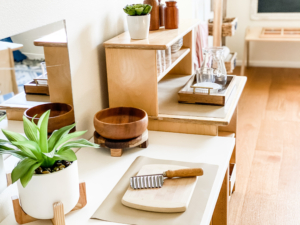
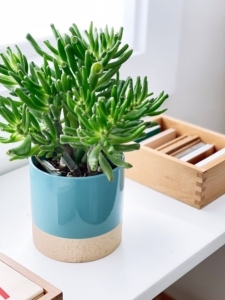
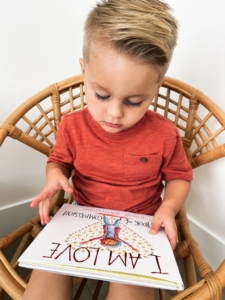

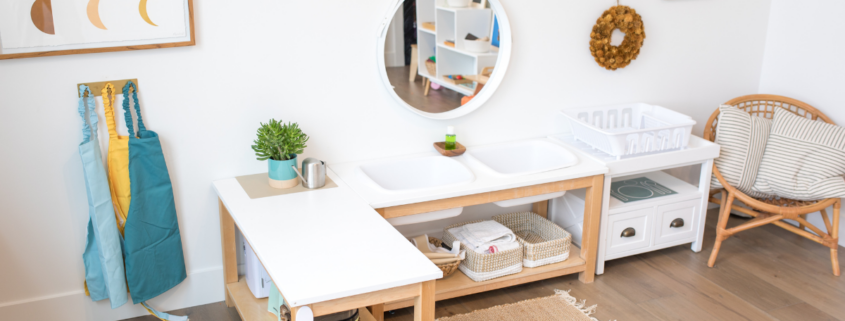
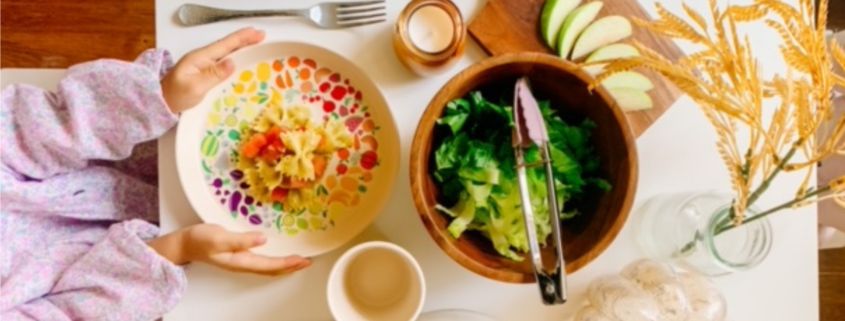
 We’ve followed this account for quite some time and were impressed with the Grace and Courtesy that seemed to flow from the screen. We knew we wanted to highlight them so we could share the light they bring into the world. Below you will find an interview we did highlighting how they incorporate Grace and Courtesy in their home.
We’ve followed this account for quite some time and were impressed with the Grace and Courtesy that seemed to flow from the screen. We knew we wanted to highlight them so we could share the light they bring into the world. Below you will find an interview we did highlighting how they incorporate Grace and Courtesy in their home.



 “I always model the behavior I hope that Adelaide will reciprocate.
“I always model the behavior I hope that Adelaide will reciprocate. 

 5. Do you plan for these lessons or do they come up spontaneously? How does this work best for you and your daughter?
5. Do you plan for these lessons or do they come up spontaneously? How does this work best for you and your daughter?



